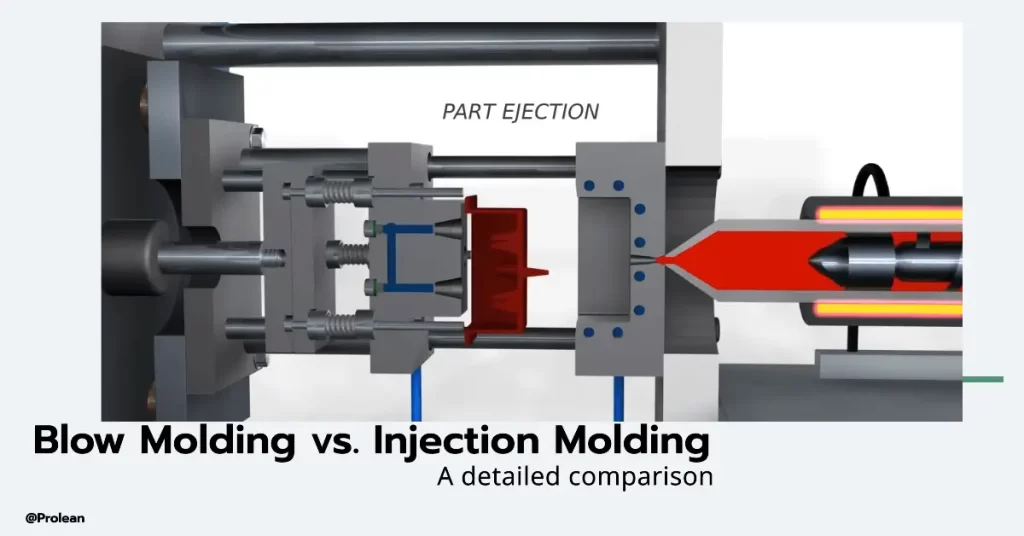
Blow Molding and injection molding are both important processes and require complete understanding before starting a manufacturing process. It is crucial to understand the differences between blow molding vs. injection molding which leads you to choose the right process for producing plastic products. Both molds are widely used but each has different applications, costs, and advantages.
What is Blow Molding?
It is a useful process for creating hollow plastic products. Moreover, this method includes the melting of plastic to get a tube-like piece called a parison. Then, this parison is secured in a mold, and air is blown into it. This forces plastic to expand and take the shape of the mold. This process is widely used for making bottles, containers, and other hollow items.
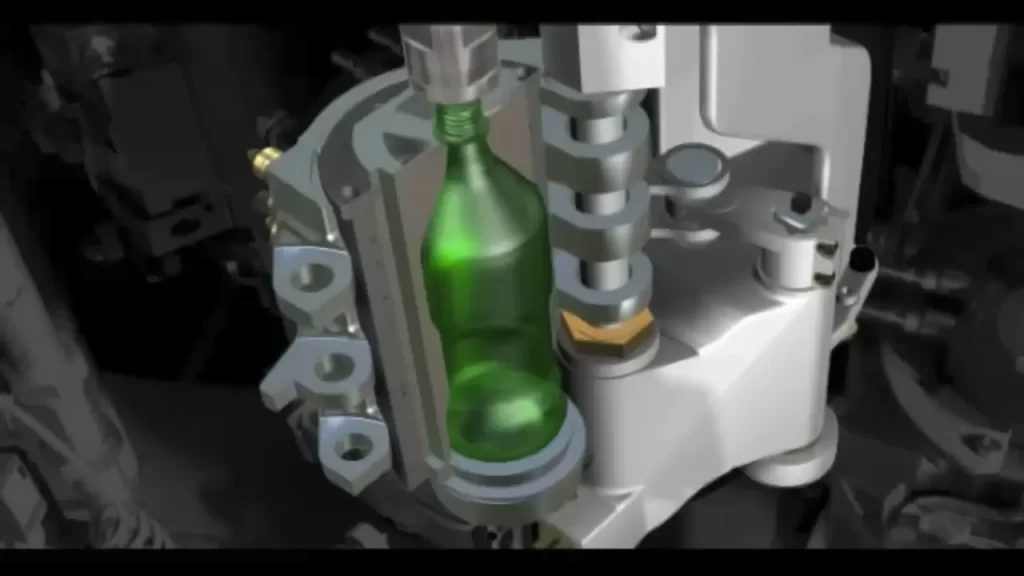
Blow molding
Types of Blow Molding Processes
There are three main types of blow molding processes:
- Extrusion Blow Molding (EBM) method is about blowing out Plastic a parison, then air is blasted to mold it.
- Injection Blow Molding (IBM): in this method, the plastic is injected into a mold, and then blown into shape.
- Stretch Blow Molding: This involves stretching the plastic mold before blowing it, creating a stronger product, often used for PET bottles.
What is Injection Molding?
This molding process is mainly used to make solid plastic parts. Moreover, it includes melting plastic granules, which are then injected into a mold cavity at high pressure. After the mold cools down the plastic turns into solid and gains its final shape. It is commonly used for producing a wide variety of products, such as automotive parts, electronics, and household items.
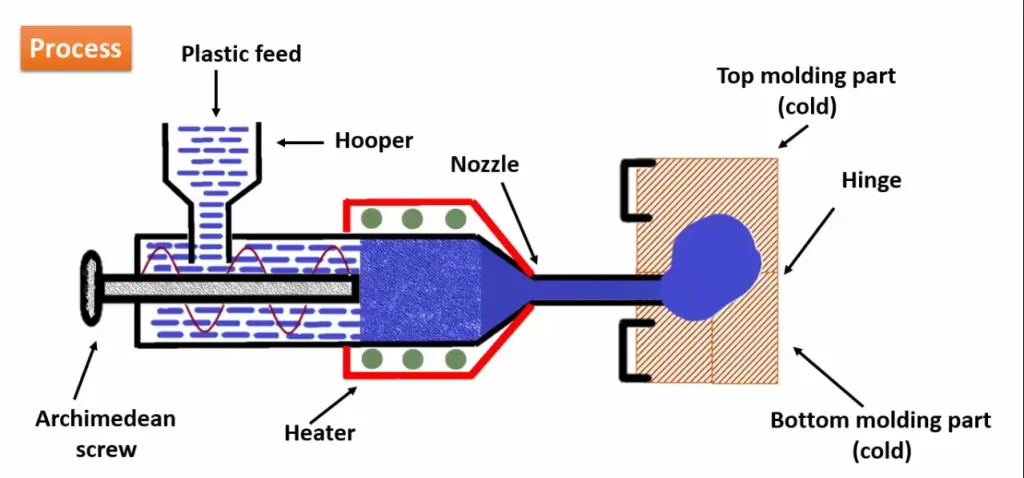
Injection Molding
Injection Molding Process
It involves the following steps:
- Clamping: The molds are placed together.
- Injection: Melted plastic is injected into the mold cavity.
- Cooling: The plastic cools and solidifies into the desired shape.
- Ejection: The mold opens, and the solidified plastic is ejected.
Blow Molding Vs. Injection Molding Differences
Both these moldings are essential in manufacturing plastic while serving different features and functions. Here are some important distinctions between the two processes:
- End Products
- Blow Molding: its end products are usually hollow ones including bottles and containers.
- Injection Molding: it produces solid parts such as car parts, electronic components, and toys.
- Mold Structure
- Blow Molding: simple molds are required in this molding because they only create hollow shapes.
- Injection Molding: it requires more complex molds and creates parts with precise dimension and clarity.
- Material Usage
- Blow Molding: it requires less material because the end product is hollow.
- Injection Molding: Uses more material, making it suitable for parts that need strength and durability.
- Cost Comparison
When comparing the blow molding vs injection molding cost below are the factors that need to be considered:
- Blow Molding Cost typically costs less due to its simpler mod structure of it and thus it uses less material which makes it cost effective.
- Injection Molding Cost is higher but is more efficient for producing high volumes of complex, solid products. For industries where precision and strength are critical, this cost is justified.
It is essential to know the material cost, mold complexity, and production volume before choosing the molding.
When to Choose Blow Molding?
Blow molding is an economical process because it creates hollow items. Below are some products that can get through it:
- Plastic bottles
- Fuel tanks
- Containers for household chemicals
When to Choose Injection Molding?
Injection molding companies choose it for producing high-volume, solid, and complex parts. Moreover, it is costly and useful for automotive and consumer electronics industries for the below provided items:
- Car bumpers
- Mobile phone housings
- Medical devices
Rapid injection molding is another method that allows quick production. It is useful for those companies who need to generate large quantities of parts in less time. Moreover, it is also useful for prototypes and small-scale manufacturing.
Try Prolean Now!
Compression Molding vs. Injection Molding
The above comparison that is popular also is between blow molding and injection molding. There is another alternative that is worth considering i.e. compression molding. In compression vs injection molding, the key difference lies in how the material is shaped:
- Compression molding: it is the technique of placing a heated plastic material into a mold and compressing it to form an object. This is typically applied to thermosetting polymers.
- Injection Molding: In this process, molten plastic is poured at high pressure into a mold. Moreover, it is ideal for getting high-precision products.
Common Uses of Blow Molding and Injection Molding
Both these moldings are useful in plastic molding but have distinct uses. Below are some uses of both these moldings that make them different from each other:
Blow Molding Uses
- It is useful for beverages, personal care, and cleaning products.
- Suitable for packaging various goods.
- Used in automotive and industrial applications.
Injection Molding Uses
- It is useful in creating dashboards, engine components, and panels.
- It is useful in medical components Such as syringes, and diagnostic equipment housings.
- It helps create Electronics, toys, and household items with intricate designs.
Comparison of Blow Molding and Injection Molding
Below is the comparison table of both types of molding to understand it better:
|
Feature |
Blow Molding |
Injection Molding |
|
Initial Tooling Cost |
Lower due to simpler molds |
Higher, due to complex and precise molds |
|
Production Volume |
Cost effective for large volumes of hollow parts |
Cost effective for high volumes of detailed parts |
|
Material Costs |
Generally lower but varies with part complexity |
Higher, especially for complex designs |
|
Cycle Time |
Faster for large hollow parts |
Fast for small, precise parts |
|
Unit Cost |
Lower for high-volume runs |
Lower for high-volume runs of complex parts |
|
Setup Time |
Shorter setup time |
Longer setup time due to mold complexity |
|
Maintenance Costs |
Generally lower maintenance |
Higher maintenance due to complex molds |
Try Prolean Now!
Environmental Impact and Sustainability of Blow Molding vs. Injection Molding
After knowing the environmental impacts of manufacturing industries, sustainability has become an important factor. Both blow molding and injection molding have distinct environmental impacts and sustainability implications mentioned below:
Environmental Impact of Blow Molding
It is known for producing less waste as compared to other methods. Moreover, it uses plastic efficiently and leaves minimal scrap. Moreover, the energy consumption in this process is usually high because of heating and inflating the plastic. Additionally, manufacturers are now tilted towards using recycled plastics in blow molding to reduce environmental impact.
Environmental Impact of Injection Molding
It produces huge amounts of waste by creating complex and intricate design objects. It uses materials like thermoplastics, which require high energy for melting, which leaves serious issues in the environment. Moreover, the advancements in recycling technologies and energy-efficient machines are helping to overcome these impacts.
Sustainability Practices
Both systems can incorporate sustainable techniques like recycled materials, energy efficiency, and waste management. Companies are gradually implementing green practices into their manufacturing operations to meet global environmental goals.
Conclusion
To conclude, the comparison of both blow molding and injection molding depends upon various factors, first of all, one needs to select the desired product that needs to be manufactured. Moreover, it is recommended to know the purpose of each molding. Blow molding is perfect for hollow items like bottles, while injection molding is ideal for solid, complex parts. Both have their unique advantages, costs, and applications.
Understanding the strengths of each process can help you make the best decision about injection molding services.
FAQs
Q1: What are the main differences between blow molding and injection molding?
Blow Molding is used for creating hollow parts like bottles and containers by inflating a parison in a mold. Injection Molding involves injecting molten plastic into a mold to produce detailed and precise parts.
Q2: Which molding process is more cost-effective for large production runs?
Blow Molding is generally more cost-effective for high-volume production of hollow parts due to lower tooling and material costs. While Injection Mold is more cost-effective for producing high-precision parts in large volumes, initial tooling costs are higher.
Q3: How do the cycle times compare for blow molding and injection molding?
Blow Molding typically has faster cycle times for large, simple parts. Injection Molding has faster cycle times for small, precise parts but may involve longer setup times.
Q4: Can injection molding be used for prototyping?
Yes, rapid injection molding is specifically designed for quick prototyping and short-run production, allowing for faster development and testing of designs.
Q5: What factors should I consider when choosing between blow molding and injection molding?
Consider the part design, production volume, cost constraints, and required precision. Blow molding is ideal for hollow parts and high volumes, while injection molding excels in producing complex and precise parts.

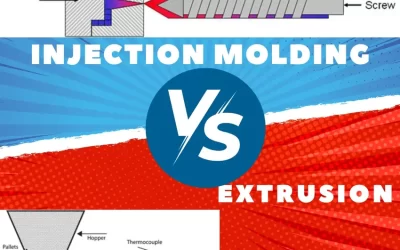
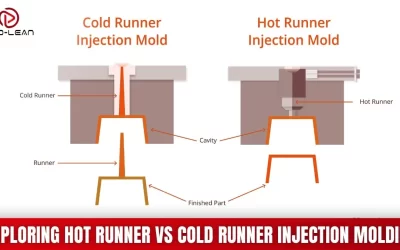
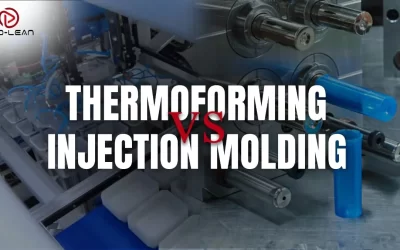
0 Comments